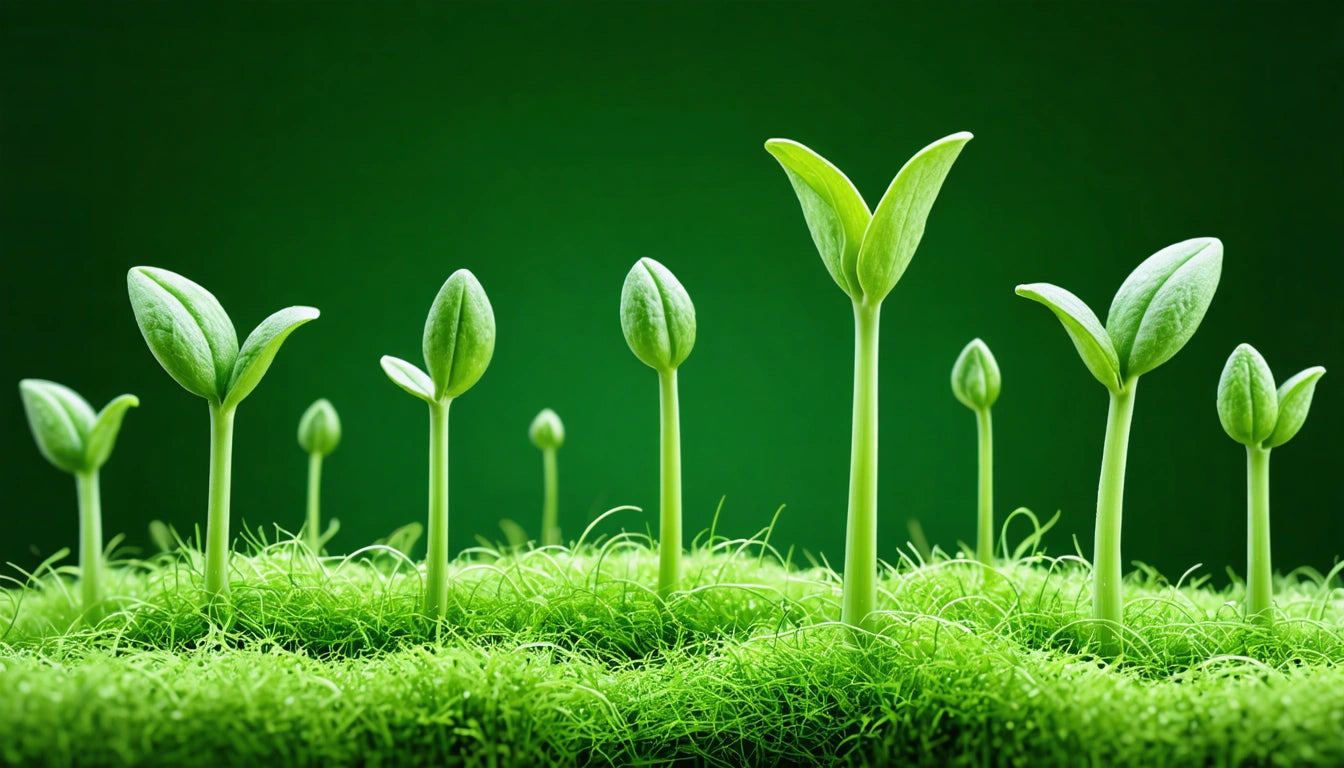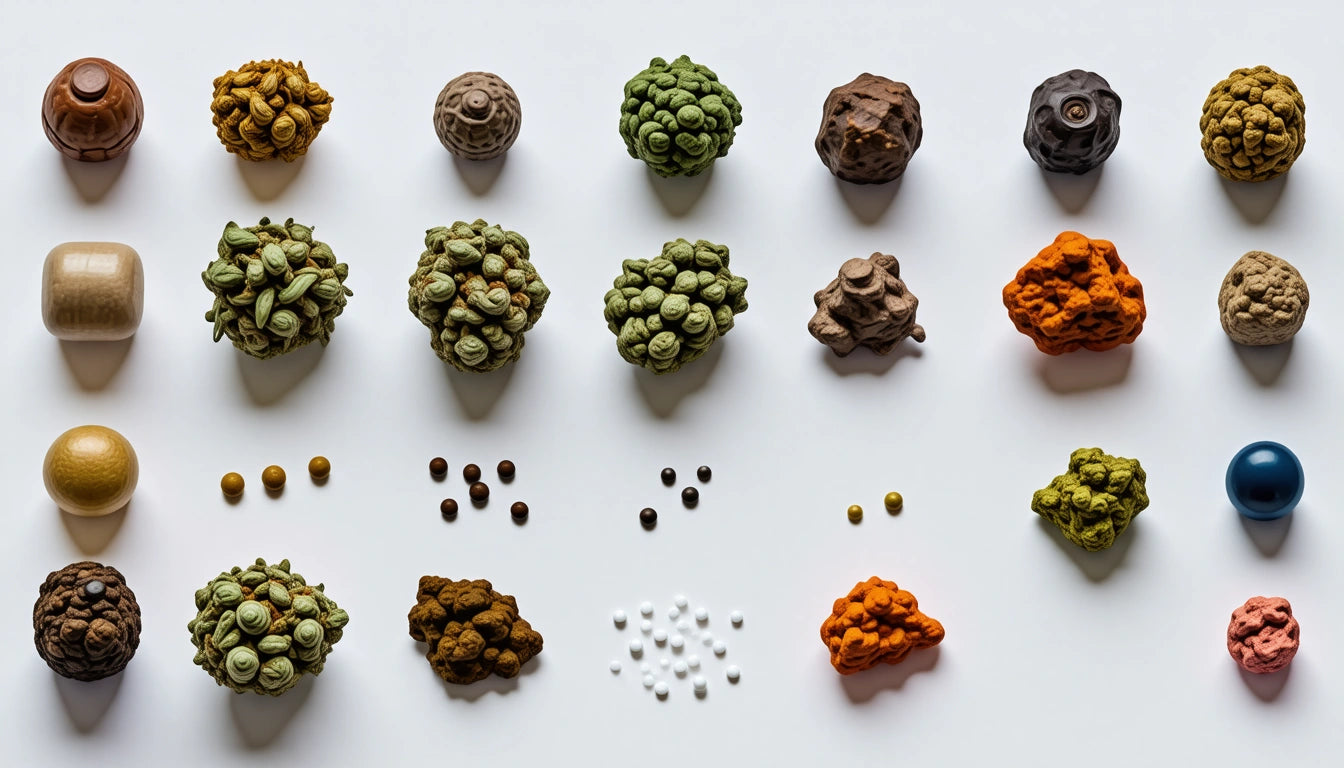Table of Contents
- What Are Germinated Seeds: The Basics of Seed Activation
- The Germination Process: From Dormant Seed to Sprout
- Effective Germination Methods for Various Seeds
- Germination Timeline: How Long Different Seeds Take to Sprout
- Troubleshooting Germination Issues: Common Problems and Solutions
- After Germination: Next Steps for Seedling Success
Understanding Germinated Seeds: A Comprehensive Guide
Germination marks the crucial first stage in a plant's life cycle, transforming dormant seeds into living seedlings. But what does germinated mean exactly? When we talk about germinated seeds, we're referring to seeds that have awakened from dormancy and begun the process of growing into a new plant. Understanding this fundamental botanical process is essential for gardeners, farmers, and cannabis cultivators alike.
What Are Germinated Seeds: The Basics of Seed Activation
A germinated seed is one that has been activated by specific environmental conditions, causing it to break dormancy and begin growing. The term "germinate" comes from the Latin word "germinare," meaning "to sprout." When someone asks what does germinating seeds mean, they're inquiring about this transformation from inactive seed to developing plant.
During germination, several key changes occur:
- The seed absorbs water through its seed coat, causing it to swell
- Enzymes activate, converting stored nutrients into usable energy
- The embryonic tissues begin cell division and growth
- The seed coat ruptures as the radicle (embryonic root) emerges
What does germinate seeds mean in practical terms? It's the process of providing seeds with the optimal conditions of moisture, temperature, and sometimes light to trigger their growth potential. As outlined in this guide to germinating and preserving seeds, proper germination sets the foundation for healthy plant development.
The Germination Process: From Dormant Seed to Sprout
Understanding what a germinated seed is requires knowledge of the germination stages. This biological process follows a predictable sequence:
Stage 1: Imbibition
The dry seed absorbs water, activating enzymes that begin breaking down stored carbohydrates, proteins, and fats into simpler compounds the embryo can use for energy and growth. This stage is characterized by the seed swelling as it takes up water.
Stage 2: Interim or Lag Phase
During this period, major metabolic changes occur within the seed. Respiration increases, and proteins are synthesized as the embryo prepares for growth. Externally, little change is visible.
Stage 3: Radicle Emergence
The embryonic root (radicle) breaks through the seed coat, marking the first visible sign of germination. This root anchors the developing plant and begins absorbing water and nutrients.
Stage 4: Shoot Development
After the root establishes, the shoot emerges, growing upward toward light. In many plants, this appears as a small loop (the hypocotyl) pushing through the soil before straightening.
Effective Germination Methods for Various Seeds
Different seeds require different approaches to germination. For cannabis cultivators specifically, proper germination techniques are crucial for maximizing success rates. Here are common methods used across various plant types:
Paper Towel Method
Seeds are placed between moist paper towels and kept in a warm location until germination occurs. This method allows for easy monitoring of the germination process and is particularly effective for cannabis seeds.
Direct Soil Planting
Seeds are planted directly in soil at the appropriate depth. While simpler, this method makes it harder to monitor germination progress.
Water Soaking
Some seeds benefit from pre-soaking in water for 12-24 hours before planting, which softens the seed coat and initiates the germination process.
Specialized Starter Cubes
Products like Rockwool cubes or peat pellets provide an ideal medium for germination with proper aeration and moisture retention. These are popular for cannabis and other valuable seeds.
When managing multiple germinated seeds, proper storage becomes essential. Many cultivators use specialized mylar storage bags to maintain optimal humidity levels and protect developing seedlings before transplanting.
Germination Timeline: How Long Different Seeds Take to Sprout
One common question when discussing what germinated seeds are is how long the process takes. Germination timelines vary significantly between plant species:
- Cannabis seeds: Typically 2-7 days under optimal conditions
- Vegetable seeds: Range from 3 days (radish) to 14+ days (pepper)
- Flower seeds: Can range from 5-21 days depending on variety
- Tree seeds: Some species may take months or require cold stratification
As detailed in this resource on seed germination timelines, factors such as seed age, storage conditions, and environmental variables all influence how quickly germination occurs.
Troubleshooting Germination Issues: Common Problems and Solutions
Even when you understand what does germinating seeds mean, challenges can arise. Here are common issues and their solutions:
Seeds Not Germinating
Possible causes include old seeds, improper storage, or inadequate moisture. Try pre-soaking seeds or using a seed germination enhancer to improve success rates.
Mold Development
Excessive moisture can lead to mold. Ensure proper ventilation and avoid overwatering. If using the paper towel method, check seeds daily and transplant once germinated.
Weak or Stretched Seedlings
Insufficient light after germination causes seedlings to stretch. Place germinated seeds under appropriate lighting once the shoots emerge.
Root Damage During Transplanting
Handle germinated seeds carefully, especially the delicate radicle (root). For cannabis seeds specifically, this guide offers detailed transplanting techniques to minimize stress.
After Germination: Next Steps for Seedling Success
Once you've successfully germinated seeds, proper care ensures continued development. The post-germination phase is critical for establishing strong plants. Key considerations include:
- Light requirements: Most seedlings need 16-18 hours of light daily
- Watering practices: Keep soil moist but not saturated
- Temperature control: Maintain consistent temperatures appropriate for your plant species
- Nutrient management: Begin with very dilute fertilizer applications after the first true leaves appear
Understanding what germinated seeds are is just the beginning of the cultivation journey. As seedlings develop, they'll require transplanting into larger containers or permanent growing locations. For cannabis cultivators specifically, knowing the differences between seed types helps inform care decisions throughout the growing cycle.
Whether you're growing vegetables, flowers, or cannabis, mastering the art of germination provides the foundation for successful cultivation. By understanding what does germinated mean and applying the right techniques, you'll maximize your chances of raising healthy, productive plants from seed to harvest.











Leave a comment
All comments are moderated before being published.
This site is protected by hCaptcha and the hCaptcha Privacy Policy and Terms of Service apply.